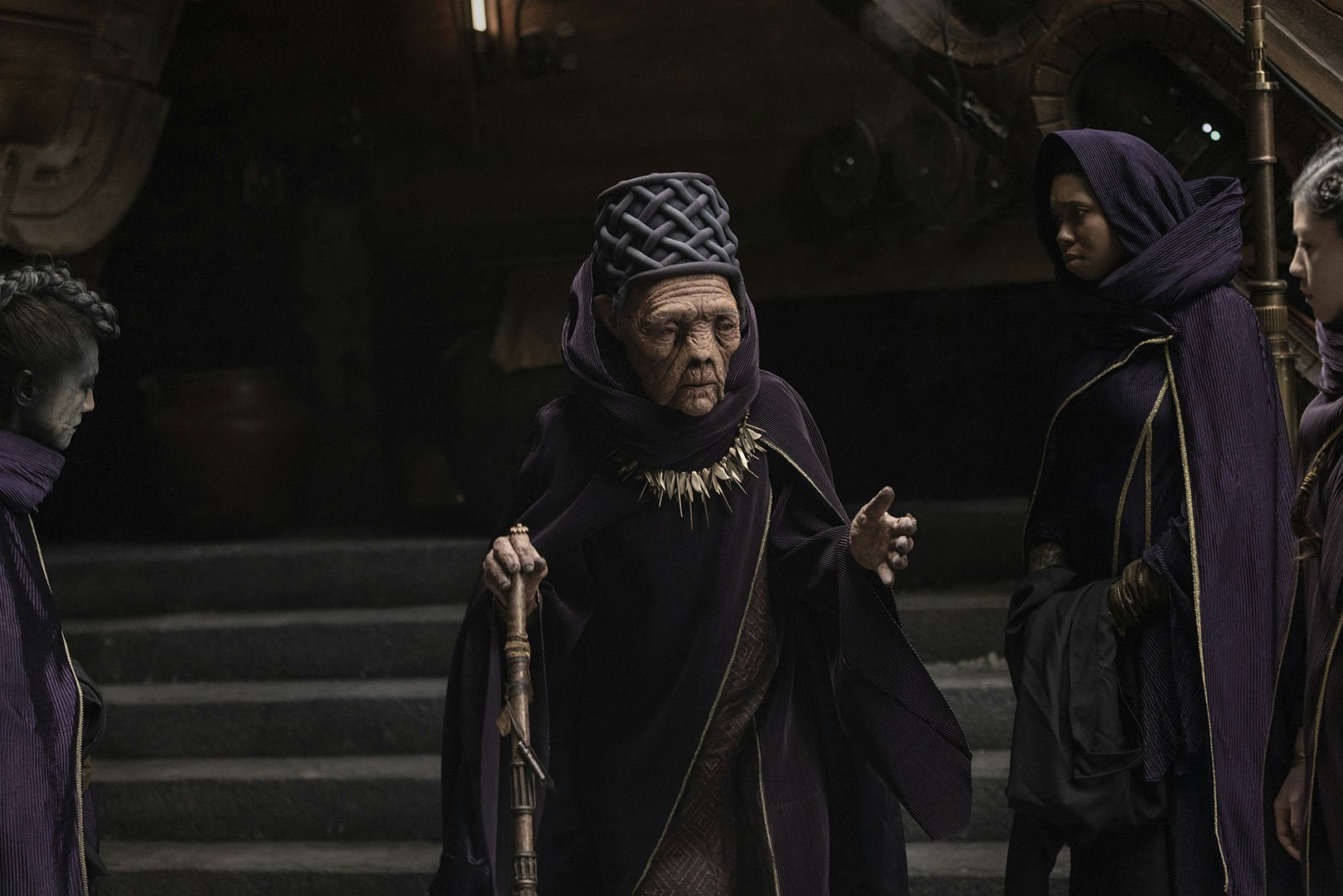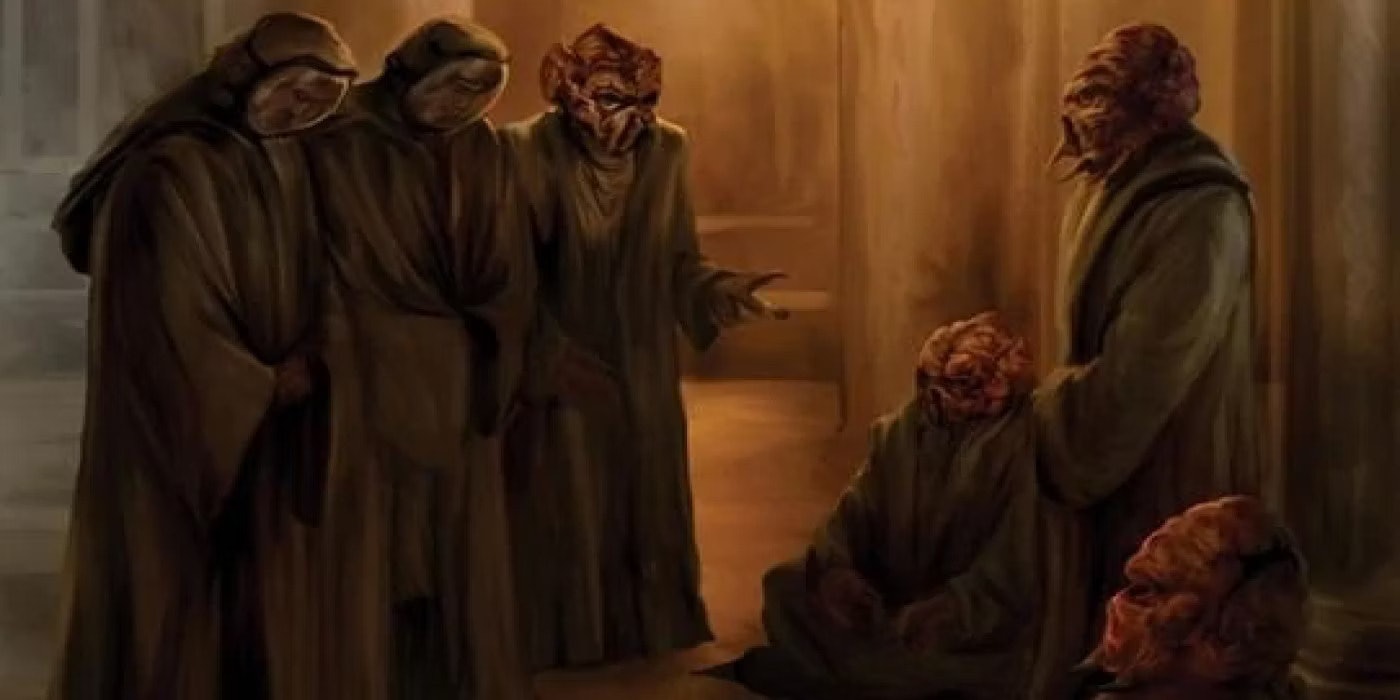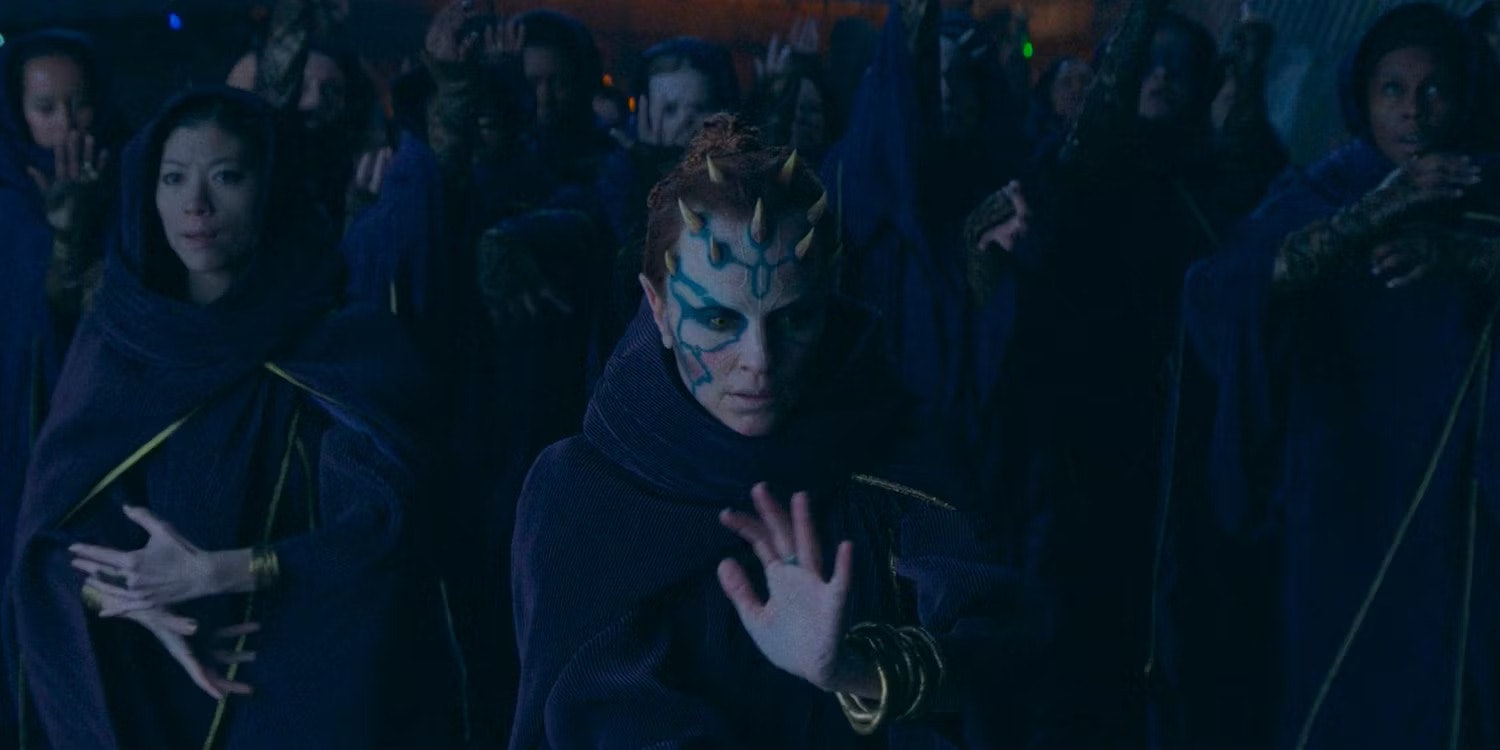
Star Wars has built an entire universe around the idea of good versus evil, specifically the Jedi versus the Sith. Whether that’s the Empire fighting the Rebellion or the Resistance facing the First Order, that’s usually what the conflict boils down to. But The Acolyte is different. As Mother Aniseya says, it’s not about good and bad, but power and who’s allowed to use it.
The Force is that power, and it ripples throughout the universe. But as The Acolyte proved, not everyone treats that power the same, and not everyone even calls it the Force. Fifteen years ago, Star Wars explored that same idea with a forgotten group of sages that introduced this concept and raised one of the fandom’s most beloved Jedi.
Until Order 66, the Galactic Republic was a sprawling powerhouse, and in The Acolyte we see it at the height of its power. Countless planets joined together in peace under a single governing body, and one of those planets was Dorin, home of the Kel Dor race.
Lost Legends is an Inverse series about the forgotten lore of our favorite stories.

Before joining the Republic, the Kel Dors had already developed a Force-rich culture anchored by a religious group known as the Baran Do Sages. First mentioned in a sourcebook for Star Wars: The Roleplaying Game back in 2002, the Sages were essentially the Kel Dor version of the Jedi, Force-sensitive beings with a knack for foresight. They started out as mere weathermen, predicting natural disasters to give communities time to evacuate, but that power later evolved into the ability to predict and avoid huge conflicts.
That all changed once Dorin joined the Republic. Instead of sending Force-sensitive children to the Baran Do to be trained, they were adopted into the Jedi Order. In fact, prequel Jedi Plo Koon, a council member and mentor to fan favorite Ahsoka Tano, was a Kel Dor from Dorin. But this meant Dorin’s traditional religious practices fell into obscurity. Instead of being treated as wise seers, the remaining Baran Do were seen as weird outcasts.

One fan criticism of The Acolyte is that it portrays the Jedi as irresponsible in a way that goes beyond just the bureaucracy we see in the prequels, but that’s been evident in Star Wars for years. The fate of the Baran Do is exactly what the witches of Brendok are trying to avoid by hiding from the Jedi as they raise children in their ways.
While the witches faced a harsher fate — supposedly dying in a sudden fire, although the jury’s still out there — the demise of the Baran Do is a cautionary tale that with assimilation comes erasure. The Star Wars galaxy feels so rich because of how varied every planet and culture can be, but even these fictional species can suffer sad fates. In the past, the Jedi considered the strength of the Order a priority over other Force-using groups. Star Wars may be about good versus evil, but who takes what role isn’t fixed. No one, even the Jedi, can always be the good guy to everyone.







